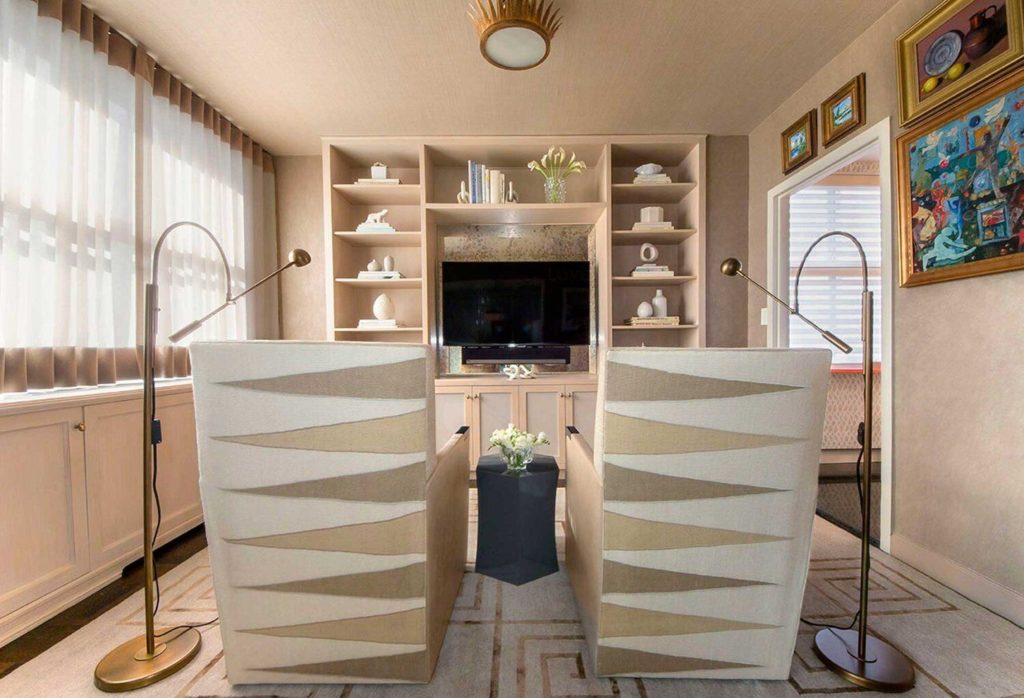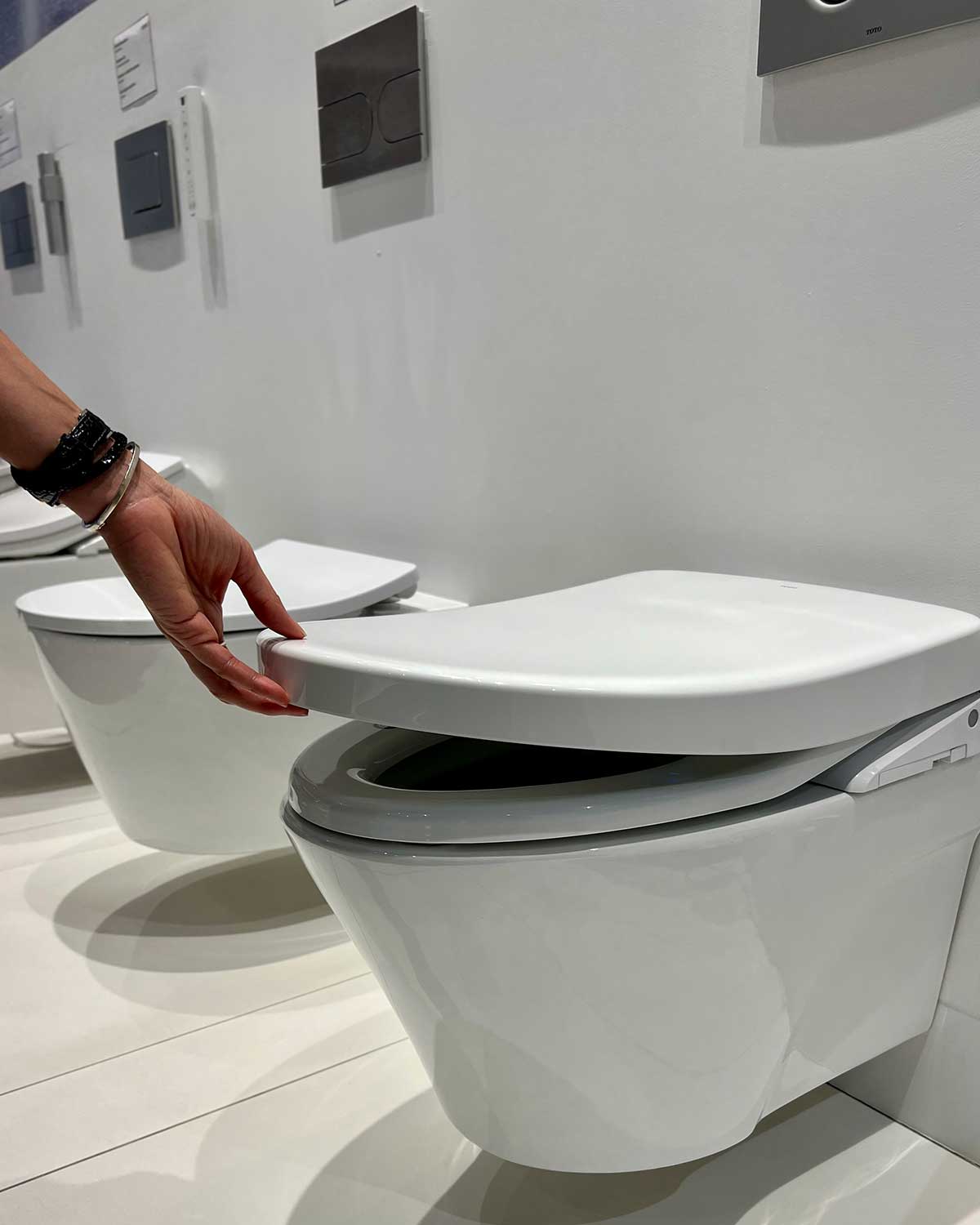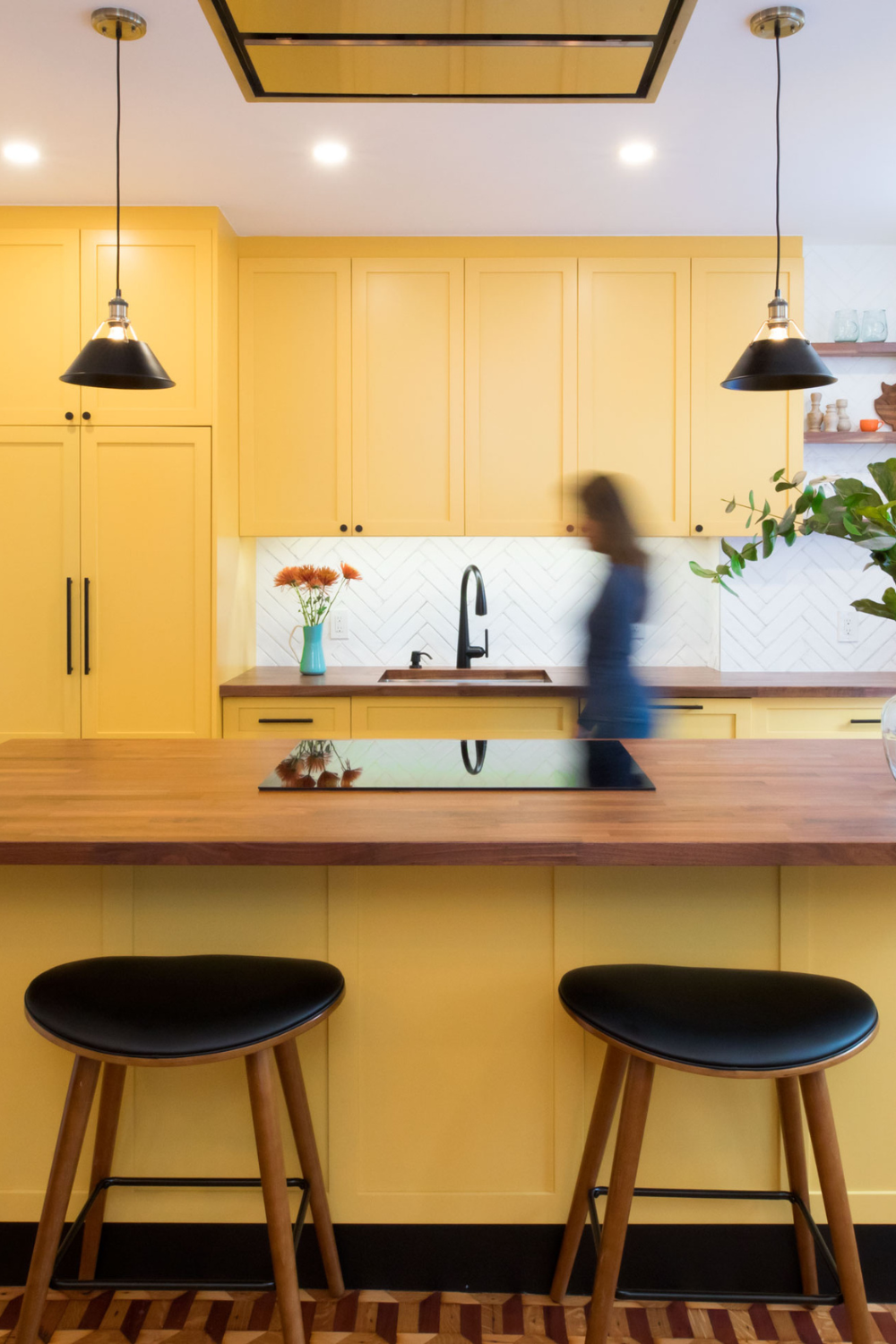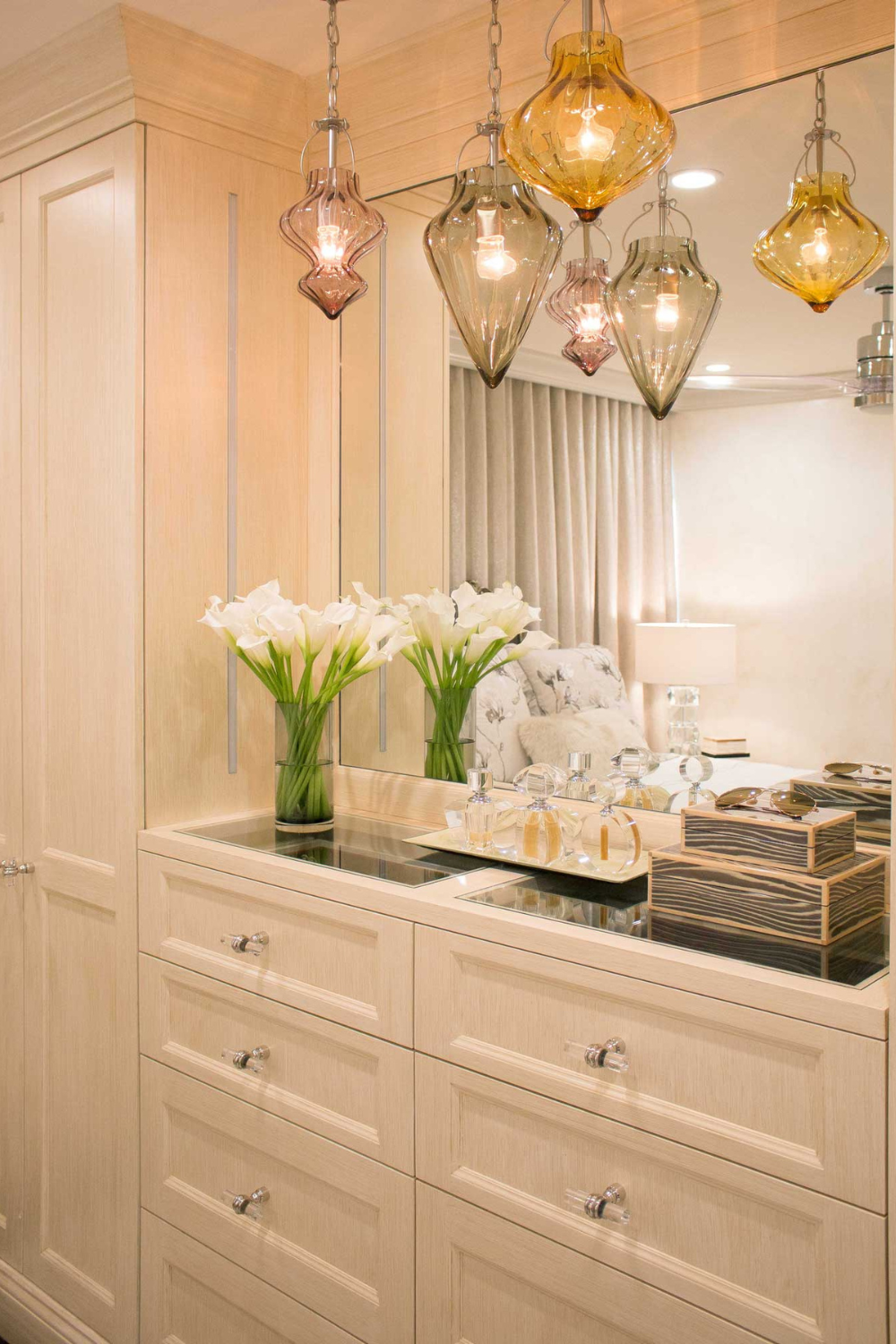
At our company, the Client Lifestyle Interview is a key meeting with new clients where we dive deep into understanding who they are and what they need and want from their home renovation. Many of my questions focus on how they use each area of their home. We also discuss their preferences and the level of investment they want to make in the project. When planning your own home renovation, I suggest going through a similar process. Below are some of the topics we cover during the Client Lifestyle Interview.
Home Remodel: Beyond the Wants and Needs
When planning a home remodel, you will need to identify your wants and needs. Beyond that, I encourage you to reflect on how your days unfold in each of the spaces you want to renovate. When I ask these questions to our clients, I aim to get a sense of their individual and familial rhythms, habits, and preferences. I also touch on their likes and dislikes, including color, style, material preferences, and other relevant information that I can then apply to the design process.
These questions are designed to uncover needs and must-haves; however, what I am most interested in discovering is how they want to live after the renovation. By the end of our meeting, I leave with an understanding of the deep desires and hopes my clients may have hidden even from themselves.
Questions to Identify Your Interior Design Style
- How do you currently use each space in your home, and what works or doesn’t work about it?
- What are your daily routines in these spaces, and how would you like them to change?
- What are your personal and familial rhythms, habits, and preferences?
- Are there specific features or amenities you feel are essential for your renovation?
- How do you envision your lifestyle evolving with the new design?
- What emotional or aesthetic qualities do you want the space to evoke?
- What are your long-term goals for the space, and how can the renovation support them?
Interior Design Styles
Most clients don’t know how to identify their interior design style, and this is perfectly normal. If you’re unsure of your style, that’s okay. Instead of focusing on identifying your style, I suggest spending time recognizing what you like and dislike. I once had a client admit he really loved purple but “knew” it wasn’t a good color to use. When I asked why, he wasn’t sure where he had heard that, it was just something he had absorbed and used to censor a personal desire.
Another client enjoyed cooking but didn’t feel she was very good at it. She believed her current skill level didn’t justify the kitchen design. By the end of our meeting, we decided that the new kitchen design would nurture her passion. I think this is an example of mixing up cause and effect. Giving herself permission to dream cleared the path for her continued efforts toward mastery. During this early ideation phase, she was able to envision a kitchen not for the cook she is now, but for the cook she will become.
Questions to Identify Your Interior Design Style
- What colors do you naturally gravitate towards?
- Which types of furniture and décor appeal to you the most?
- What textures and materials do you enjoy (e.g., wood, metal, fabric)?
- Are there any particular design eras or styles that you find inspiring?
- How would you describe your ideal living space in three words?
- Do you prefer a minimalist or more detailed and ornate design?
- What kind of art or patterns do you like to display?
- How do you want to feel in your space—relaxed, energized, sophisticated?
- Do you prefer symmetry or asymmetry?
- Are you comfortable in formal or casual spaces?
Home Improvements That Add Value
We often delay certain home improvements, thinking we need to “earn” them first. Underneath that mindset is a form of self-judgment. For example: “State-of-the-art kitchens are for chefs, and I’m not a chef.” I view these thoughts as mental blockages, obstacles that, once removed, can help you reach your goals.
How To Add Value To Your Home
Home renovations not only increase the value of your property but also enrich your daily life. Renovating kitchens and bathrooms, in particular, can provide the best return on investment, as these areas are often the most important to buyers. Energy-efficient upgrades, such as new windows or insulation, not only lower utility costs but also enhance your home’s market appeal. Expanding functional spaces, like finishing a basement or adding a home office, increases both square footage and livability. Even exterior improvements, such as landscaping or updating the exterior, can boost curb appeal and resale value while making your home a more welcoming space for you.
Home Improvements To Consider
- Kitchen renovation
- Bathroom renovation
- Energy-efficient upgrades
- Finished basement, attic, garage
- Updated flooring
- Smart home technology
Your Own The Client Lifestyle Interview
Consider “interviewing” yourself to uncover the core of what you truly want and understand why you might be saying, “not now.” It’s important to analyze these thoughts and emotions, as they may be influencing your decisions.
Make choices and decisions that align with your true desires and interests, rather than letting doubts or external pressures dictate your path. I encourage you to lead your own journey and pursue what genuinely excites and fulfills you, rather than settling for what might seem safer or more conventional.
A home renovation represents a major financial commitment to both your property and your lifestyle. I believe in the “measure twice, cut once” approach to ensure precision and minimize errors during the renovation process. This careful planning not only helps to avoid costly mistakes but also ensures that the final result meets your expectations and enhances your living space effectively. By taking the time to thoroughly assess your needs, preferences, and budget, you can create a design that truly reflects your vision and adds lasting value to your home.
RELATED POSTS
As an Amazon Associate, this site may contains affiliate links and I can earn from qualifying purchases at no cost to you. View disclosure for more information.
I'm Claudia. Welcome to my Interior Design blog! I'm thrilled to share my expertise and passion with you. With over 20 years in the industry, I'm a Certified Interior Designer, holding an NCIDQ Certification, and an educator. Interior Design isn't just my career—it's my passion. Dive in to explore more about me. Click here to learn more!
Hi Friend!
Stay inspired—join our design community by subscribing to the blog today.
subscribe now
Other Posts You Might Like
Leave a Reply
©2025 Claudia Giselle Design | Interior Designer | Brooklyn, New York
Legal
BACK TO TOP
Testimonials
718-255-5949
Press
office@claudiagiselle.com
MENU
We create thoughtful, personalized interiors for those who value quality and beauty in every detail — serving NYC, Manhattan, Brooklyn, Long Island, the Hamptons, and the Hudson Valley (including Westchester and Dutchess County) & Beyond.
Timeless Classicism with a
Bold Touch of Elegance
Home
Services
Process
About
Blog
Portfolio
Scheudule a Consultation
GET IN TOUCH
Contact





